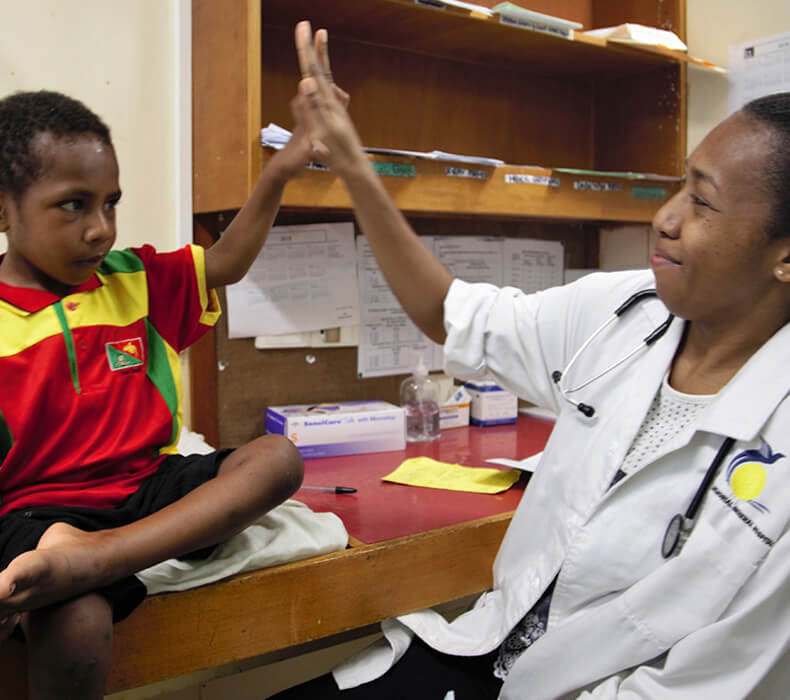National Immunization Days (NIDs)
National Immunization Days are conducted in two rounds, one month apart. Because oral polio vaccine does not require a needle and syringe, volunteers with minimal training can serve as vaccinators, increasing the number of vaccinators well beyond the existing trained health staff.
Three to five years of NIDs are usually required to eradicate polio, but some countries require more time, especially those where routine immunization coverage is low. NIDs are normally conducted during the cool, dry season because logistics are simplified, immunological response to oral polio vaccine is improved and the potential damage to heat-sensitive vaccine is reduced.
Synchronized NIDs
Increasingly, neighbouring countries are coordinating, or “synchronizing” their National Immunization Days. This ensures that children crossing borders for any reason are identified and immunized. It also allows health teams to cross borders and immunize children in pockets of territory otherwise isolated by rivers or mountains, or on islands that may be less accessible from the other side.
This approach was first used between countries of eastern Europe and central Asia, in a successful campaign called “Operation MECACAR.”
Massive synchronized campaigns among west and central African countries have taken place repeatedly following importations of poliovirus: in March 2010, 85 million children were vaccinated in 19 countries. Political, religious and traditional leaders teamed up to launch the activities, and tens of thousands of vaccinators went house-to-house over three days to administer the vaccine directly to every child.
Similar synchronized efforts have been undertaken along the borders of Afghanistan and Pakistan.
